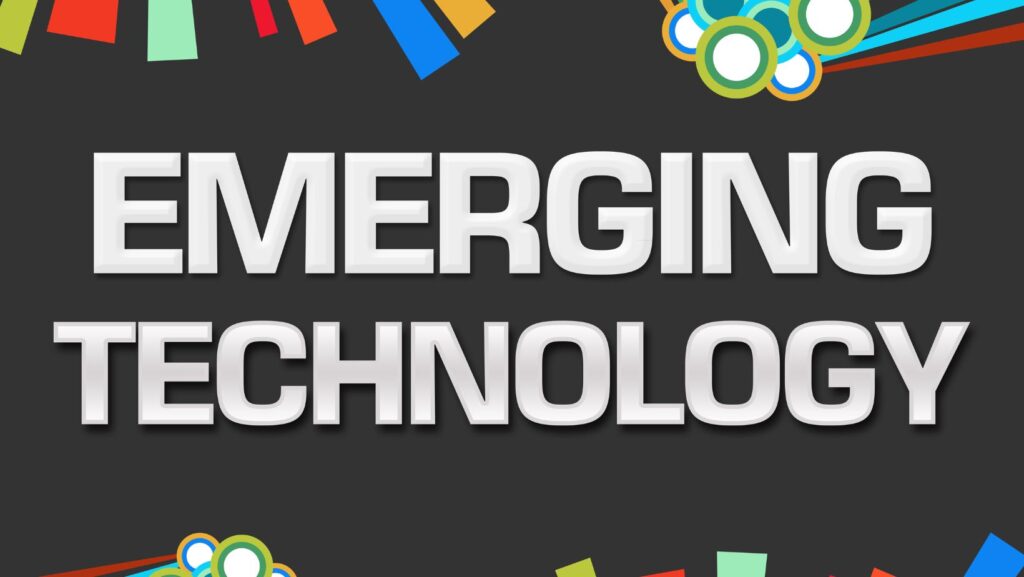
In today’s fast-paced world of technology, organizations must stay ahead of the game to remain competitive, which involves embracing emerging technologies and ensuring that employees are well-equipped to utilize them effectively. The onboarding process for IT plays a role in achieving this as it lays the groundwork for employees’ success in navigating the evolving digital landscape. This blog post will delve into the concept of future-proofing IT onboarding and explore strategies organizations can employ to prepare their workforce for emerging technologies’ opportunities and challenges.
Getting Familiar with Emerging Technologies
Before delving into how to future-proof IT onboarding, it is crucial to understand what we mean by “emerging technologies.” These are cutting-edge advancements that are reshaping industries, such as artificial intelligence (AI), machine learning, blockchain, virtual reality (VR), and the Internet of Things (IoT). These innovative technologies have the potential to revolutionize business operations, making them more efficient, productive, and adaptable.
The Significance of Future Proofing IT Onboarding
One might question why focusing on future-proofing IT onboarding is so critical. However, new technologies bring complexities and challenges that can overwhelm employees who must remain adequately prepared. Organizations must focus on future-proofing IT onboarding by implementing a comprehensive IT checklist for new hires to ensure their workforce is ready to handle these technologies smoothly, equipping employees with the skills and knowledge to adapt effectively. Consequently, this leads to better productivity, innovation, and employee engagement.
Identifying The Skills Gap
To future-proof IT onboarding, organizations must first pinpoint any existing gaps in skills within their workforce, which involves analyzing the knowledge and capabilities required to leverage emerging technologies. Organizations can design customized onboarding programs that bridge these gaps by understanding where their employees currently stand and where they need to be.
Adopting a Blended Learning Approach
Employing a blended learning approach yields more significant benefits for future-proofing IT onboarding. This approach combines classroom training with technology-enabled learning tools and resources. By incorporating e-learning platforms, virtual classrooms, and interactive simulations into the training process, organizations can create immersive learning experiences that prepare employees for emerging technologies. Blended learning also offers flexibility by allowing employees to learn quickly and revisit materials as needed.
Developing Customized Learning Paths
Companies require more than a one-size-fits-all approach for future-proofing IT onboarding.
Every employee has needs and requirements that depend on their role, existing knowledge, and preferred learning style. Therefore, organizations should create learning paths tailored to employees’ strengths and weaknesses, and this can be accomplished by conducting skills assessments, identifying areas lacking knowledge, and designing learning plans to address those gaps.
Hands-on Learning Opportunities
Incorporating practical learning opportunities is crucial for mastering emerging technologies. It needs more knowledge; employees need hands-on experience to understand and effectively apply these technologies.

By integrating real-world projects, hackathons, and virtual labs into the onboarding process, organizations can provide experiences that reinforce the concepts and skills learned.
A Culture of Continuous Learning
Organizations must promote a learning culture beyond the training period to ensure employees are well-prepared for future technologies, and this involves offering learning and development opportunities like webinars, workshops, and resource access. Organizations can keep their workforce competitive and adaptable by encouraging employees to stay updated on the advancements and continuously improve their skills.
Equipping Employees With Strong Soft Learning Skills
While technical skills are essential for leveraging emerging technologies, organizations should also recognize the significance of skills. Empowering employees with communication abilities, teamwork skills, adaptability, and problem-solving capabilities will contribute towards a rounded workforce capable of navigating the challenges posed by new technologies.
Technical Knowledge
As automation and artificial intelligence (AI) become more widespread, the importance of skills such as thinking, problem-solving, and creativity will continue to grow. It is crucial for organizations to future-proof their IT onboarding by focusing on developing these skills through activities like team-building exercises, role-playing scenarios, and mentorship programs.

This approach empowers employees with expertise and essential soft skills, enabling them to reach their potential in the digital age.
In Conclusion
As new technologies reshape the business landscape, organizations must take steps to future-proof their IT onboarding processes. By recognizing the skills gap by adopting a learning approach that combines methods of instruction, creating customized learning paths tailored to individual needs, incorporating hands-on learning opportunities, fostering a culture of continuous learning, and equipping employees with solid and soft skills alongside technical knowledge, organizations can ensure that their workforce is well prepared for the ever-evolving challenges and opportunities presented by the digital world. By investing in future-proof IT onboarding strategies and practices, organizations can position themselves for success in this era.










